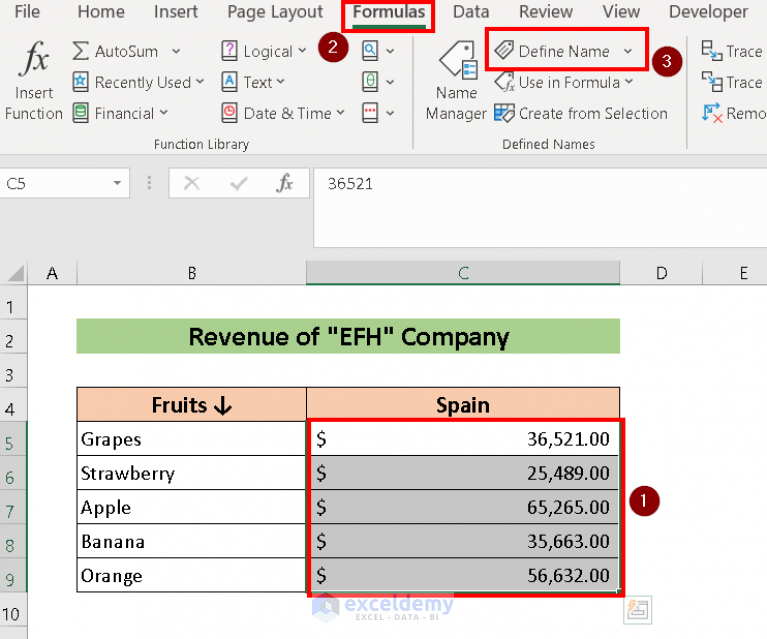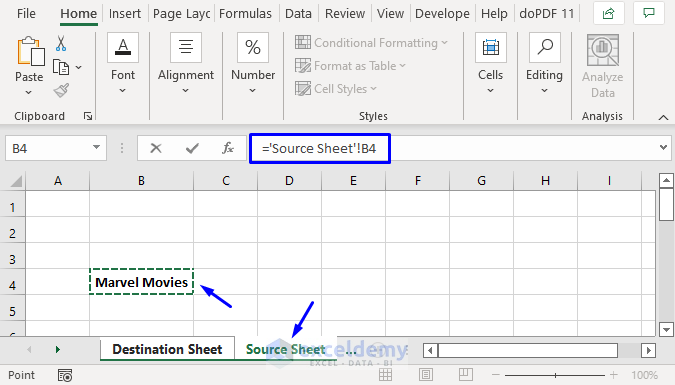5 Ways to Link Excel Sheets Easily

Linking Excel sheets is an invaluable skill for anyone dealing with data across multiple spreadsheets. This technique saves time, reduces errors, and allows you to analyze and compare data effortlessly. Here, we'll explore five effective methods to link your Excel sheets, making your data management smoother and more efficient.
1. Using the Paste Link Feature

One of the simplest methods to link data from one sheet to another is by using the Paste Link feature. Here's how you can do it:
- Select the range of cells you want to link from the source sheet.
- Copy those cells using the usual copy command (Ctrl+C or right-click > Copy).
- Switch to the destination sheet where you want to paste the link.
- Go to the Home tab > Clipboard group > Paste > Paste Link. Alternatively, you can use the keyboard shortcut Alt+E, S, F, X in sequence to paste the link.
This action creates a link where the destination cells will reflect any changes made to the source cells.
🛑 Note: Remember that if you move the source file, these links will break. Always ensure both source and destination sheets are in the same Excel workbook for seamless linking.
2. Hyperlinks for Navigation

Hyperlinks are excellent for quick navigation between sheets. Follow these steps:
- Right-click on a cell in your current sheet and choose "Hyperlink."
- From the "Insert Hyperlink" dialog box, select "Place in This Document."
- Choose the sheet you want to link to and click OK.
Users can then click the cell to jump to the linked sheet, making it easy to navigate through complex spreadsheets.
🔗 Note: Hyperlinks are best for navigation and quick reference, not for real-time data updating.
3. Excel Functions for Dynamic Data

Using Excel functions like 'INDIRECT', 'VLOOKUP', or 'HLOOKUP' provides a dynamic way to link data:
- INDIRECT Function: Use this to reference cells or ranges by their address. For example,
=INDIRECT("Sheet1!A1")will display the value in cell A1 from Sheet1. - VLOOKUP/HLOOKUP: These are perfect when you want to look up data in another sheet based on a matching value.
| Function | Use Case |
|---|---|
| INDIRECT | Link to specific cells across sheets. |
| VLOOKUP/HLOOKUP | Search for data horizontally or vertically. |

These functions are ideal for scenarios where data changes frequently and you need your links to adapt in real-time.
4. Creating a Summary Sheet with 3D References

If you have multiple sheets with similar data structures, a summary sheet using 3D references can be a game changer:
- Create a new sheet named "Summary."
- Use 3D references like
=SUM(Sheet1:Sheet3!B2:B10)to sum up data from cells B2 to B10 across Sheet1 through Sheet3.
This approach not only links the data but also allows for a consolidated view of multiple sheets' data.
5. Using Power Query for Data Consolidation

Power Query is an advanced tool within Excel for data transformation and consolidation:
- Go to the Data tab > Get & Transform Data > Get Data > From File > From Workbook.
- Load the data from the sheets you want to link.
- Use Power Query Editor to combine and transform data as needed, then load the results back into Excel.
This method offers more flexibility for linking and transforming large datasets across different Excel files.
In this exploration of linking Excel sheets, we’ve covered five primary techniques that cater to different needs from simple data linking to complex data consolidation. Each method brings its own advantages:
- Paste Link offers simplicity for basic linking needs but breaks with file movement.
- Hyperlinks provide navigation ease, useful for quick reference but not for updating data.
- Excel Functions like INDIRECT and VLOOKUP enable dynamic data linking, which is ideal for frequently changing datasets.
- Summary Sheets with 3D References are perfect for summarizing similar data across multiple sheets, enhancing data analysis.
- Power Query is the go-to for sophisticated data handling and linking, especially useful in business analytics.
Remember, the choice of method depends on your specific requirements, the nature of your data, and how you plan to use and analyze it. By mastering these techniques, you can streamline your workflow, ensure data integrity, and make your spreadsheets more interactive and insightful.
What is the main benefit of linking Excel sheets?

+
Linking Excel sheets allows for automatic updates of data across multiple sheets or workbooks, which enhances accuracy, saves time, and reduces manual data entry errors.
Can Excel links break, and how do you fix them?

+
Yes, links can break if the source file is moved or renamed. To fix this, you can use Excel’s ‘Edit Links’ feature to update the link to the new location of the file or to remove the link if no longer needed.
How do I know if my Excel workbook contains links?

+
You can check for links by going to Data > Edit Links. This dialog box will show all the linked files within your current workbook.